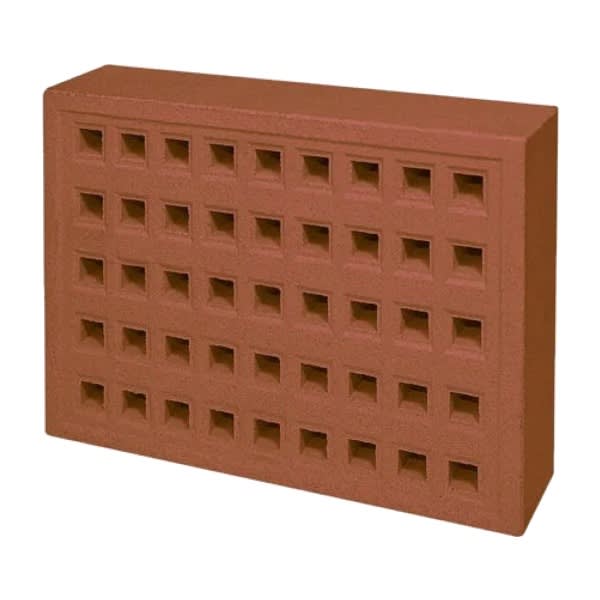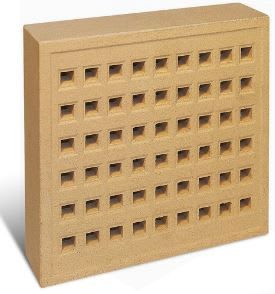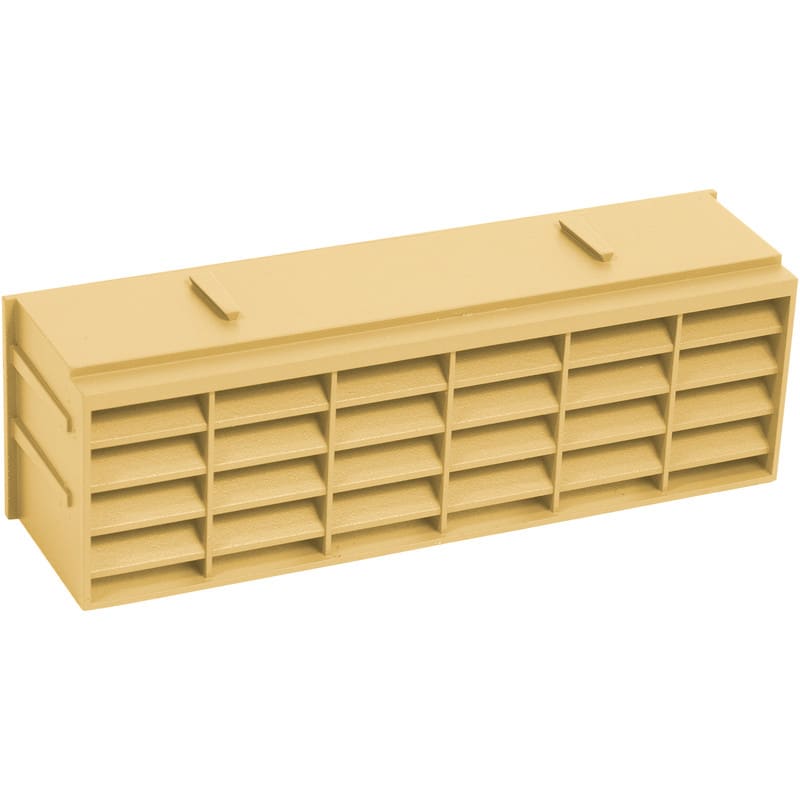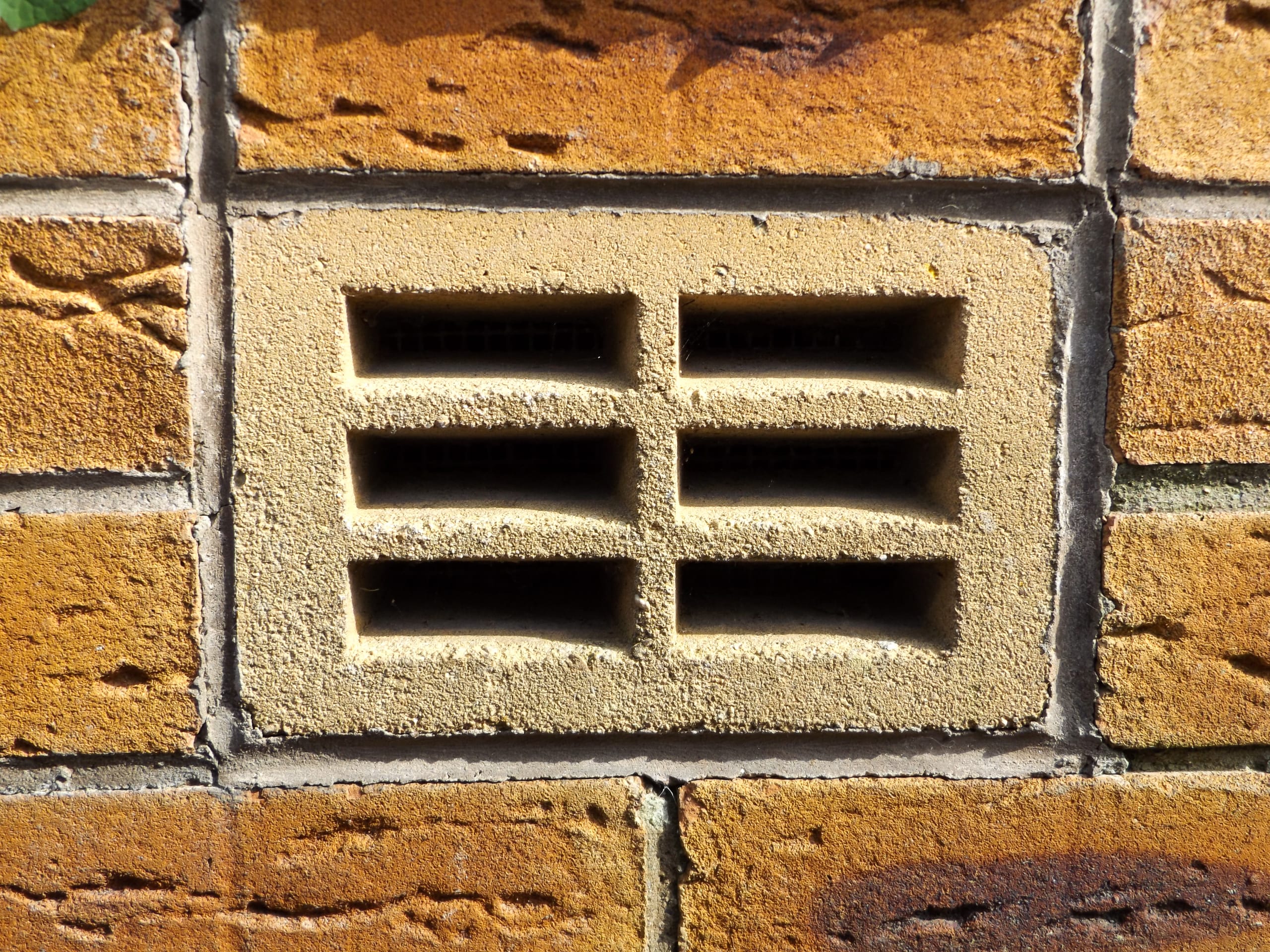Brick Ventilation
(9 Products)Brick ventilation refers to the intentional inclusion of openings or air channels within brick walls to facilitate the movement of air. It helps regulate temperature, control humidity, prevent moisture buildup, and promote a healthier indoor environment. We stock a wide range of ventilation solutions suitable for new builds and refurbishment projects from trade standard airbricks to telescopic underfloor vents.
What Is Brick Ventilation?
Adequate ventilation in brick structures not only ensures the well-being of occupants but also plays a significant role in preserving the structural integrity of buildings.
Proper brick ventilation contributes to the overall energy efficiency of a building, reducing the need for excessive heating or cooling.
It also helps mitigate the risk of condensation, mould growth, and decay, preserving the longevity of both the bricks and the supporting structure.
Benefits of Brick Ventilation
Moisture Management
By allowing moisture to escape, brick ventilation helps prevent the detrimental effects of trapped moisture, such as efflorescence, deterioration, and structural damage.
It acts as a safeguard against water infiltration, maintaining the integrity of the building envelope while reducing the chance of mould growing.
Indoor Air Quality
Effective brick ventilation promotes fresh air exchange, reducing the concentration of pollutants, odours, and volatile organic compounds (VOCs) inside the building.
This improves indoor air quality and creates a healthier living or working environment.
Thermal Comfort
Brick ventilation assists in regulating temperature fluctuations, providing a more comfortable indoor environment.
It helps in dissipating heat during warmer seasons and reducing heat loss in colder climates, contributing to energy efficiency and occupant comfort.
Strategies for Achieving Brick Ventilation
Cavity Walls
In cavity wall construction, a gap or cavity is created between the outer and inner brick walls, allowing air movement and moisture drainage. This design effectively facilitates ventilation and provides a barrier against water penetration.
Weep Holes and Vents
Weep holes, small openings near the bottom of brick walls, allow for water drainage and air circulation. Vents, strategically positioned in the brickwork, enhance airflow and prevent the accumulation of moisture.
Perforated Bricks/ Air Bricks
An airbrick serves as an ingenious conduit for the flow of fresh air beneath suspended floors and within cavity walls.
With strategically placed perforations, it enables the seamless circulation of air, promoting optimal ventilation and preventing the buildup of moisture and stagnant air.
For effective ventilation, it is recommended to position airbricks approximately 75mm above ground level or alongside a sloped and well-drained ground surface.
However, considering the limited space available in underfloor voids, alternative methods are often employed to ensure adequate airflow. In such cases, underfloor vents play a crucial role in facilitating the upward movement of air, compensating for the higher placement of airbricks.
You can find air brick/air ventilation bricks alongside other ventilation solutions by navigating the products above.
Frequently Asked Brick Ventilation Questions
Why is Brick Ventilation Important in Humid Climates?
In humid climates, brick ventilation helps manage moisture levels, preventing condensation and mould growth that can occur due to high humidity. It ensures a healthier indoor environment and protects the integrity of the building.
Can Brick Ventilation Contribute to Energy Savings?
Yes, adequate brick ventilation can lead to energy savings by reducing the reliance on mechanical cooling systems. By promoting natural airflow and thermal regulation, it helps maintain comfortable indoor temperatures without excessive energy consumption.
Is Brick Ventilation Necessary in All Types of Buildings?
Brick ventilation is beneficial for all types of buildings, regardless of their purpose or design. Whether it is a residential, commercial, or industrial structure, proper ventilation is essential for maintaining a healthy and durable building envelope.











